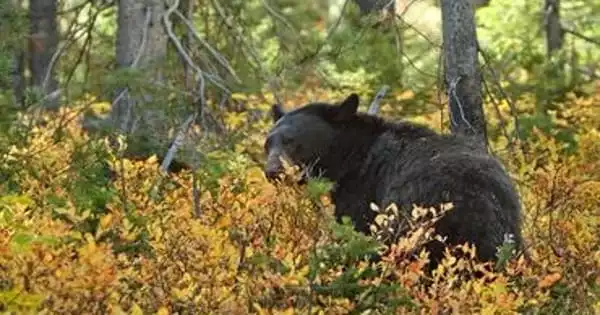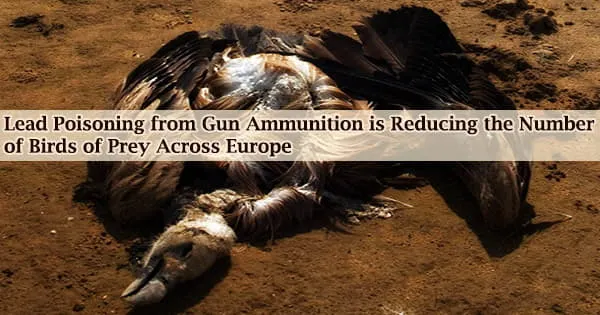Understanding how a fast changing environment may influence birds undertaking yearly migrations between the Arctic and the high seas is essential to global conservation efforts as the Arctic and the oceans warm owing to climate change.
However, there are still a lot of questions about the migration paths of several Arctic species.
Scientists used telemetry to answer several issues involving three closely related seabird species: the pomarine jaeger, parasitic jaeger, and long-tailed jaeger. They found that the three species followed various routes from a common nesting site in the central Canadian high Arctic across four oceans.
The Initiative identifies priority regions for 458 species of migratory birds that regularly occur in the United States and Canada by combining the most recent spatial data on species distributions and movements across their annual cycles.
Experts estimate that since 1970, the number of wild birds in North America’s continents has decreased by roughly 30%. Birds that migrate have been deemed a priority group of species in need of conservation due to human disruptions and habitat degradation.
Jagers play a crucial role in both marine and terrestrial food webs as predators and kleptoparasites that steal prey from other animals. In order to inform large-scale marine biological diversity management in areas outside of national authority, fresh tracking data are being added to the body of information that connects marine biodiversity in the Arctic region and the high seas.
The extensive migrations of these three seabird species link local coastal populations from the Arctic to the tropics. All phases of the annual cycle are threatened for migratory birds, and these risks are getting worse.
Fortunately, scientific evidence is mounting, especially during migration. Nevertheless, we must move quickly and cooperatively to safeguard birds and the habitats they require before the opportunities to do so are lost.
The authors and artist Laurel Mundy collaborated to produce a comic book version of the research to tell this tale and demonstrate how these Arctic seabirds connect the globe.
The comic will be shared online in five languages (Inuktitut, Inuinnaqtun, English, French and Spanish) and print copies will be distributed to schools in the Canadian Arctic.
















